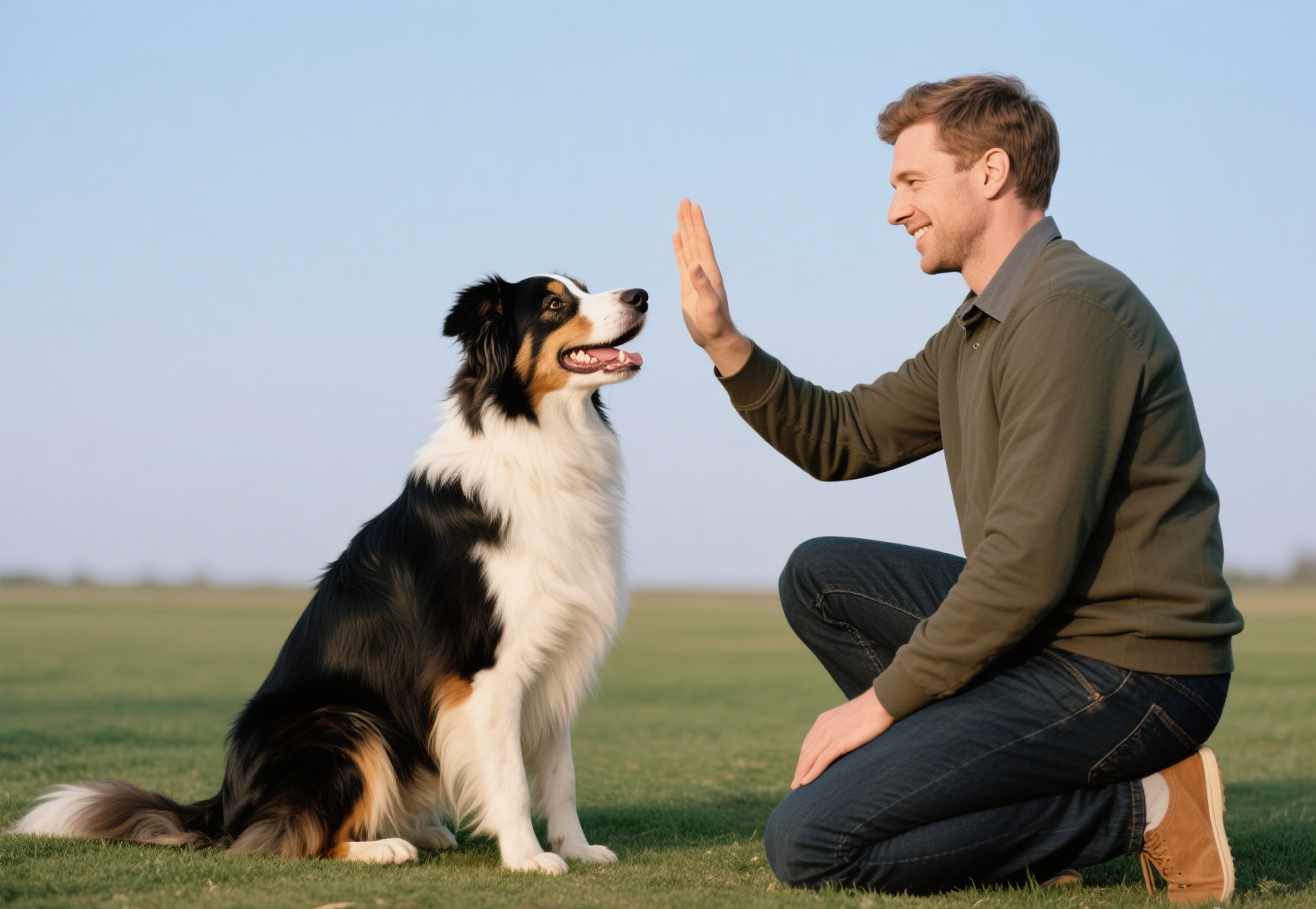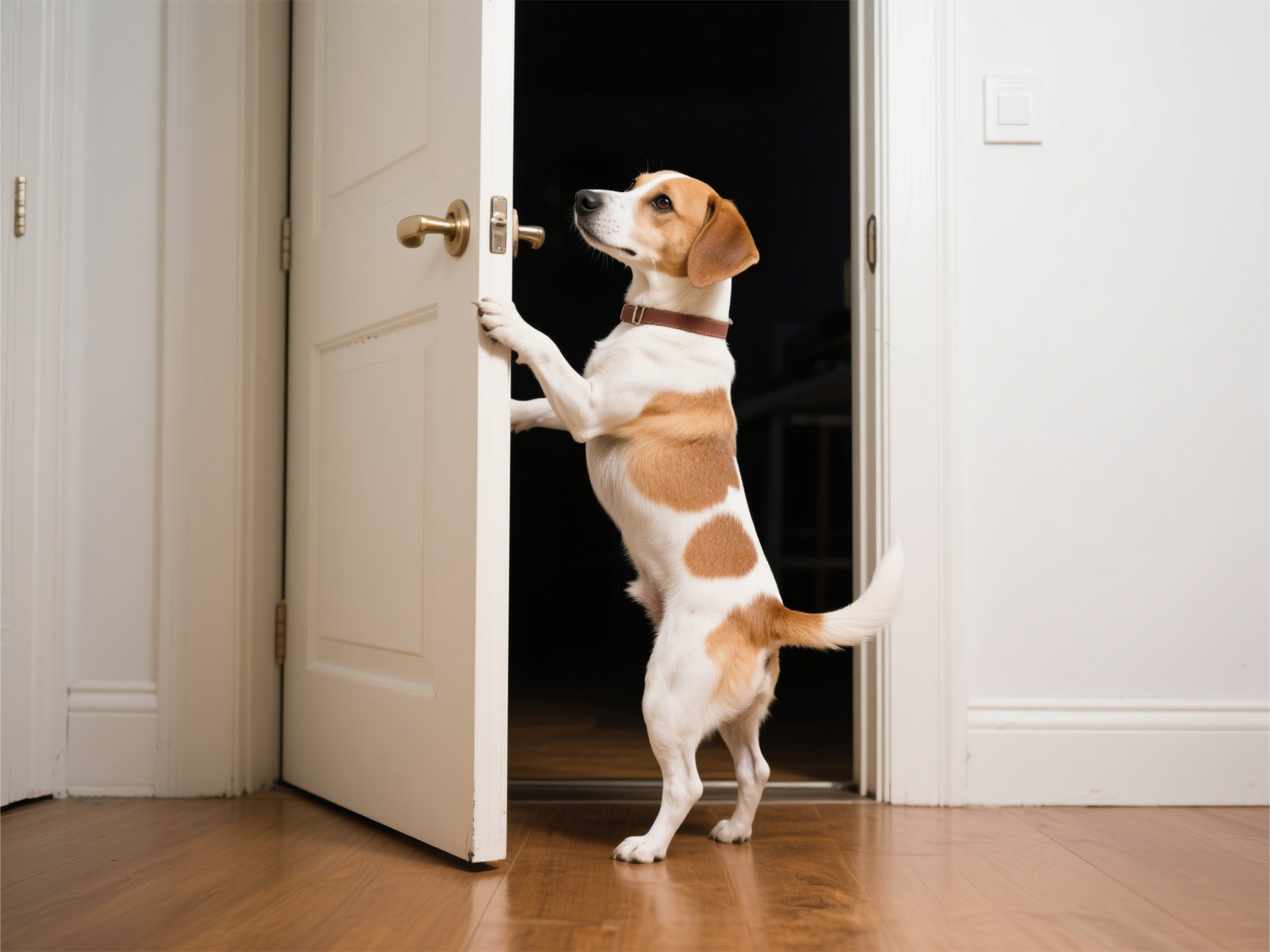Spring’s longer days and blooming flowers aren’t just a human mood booster—they’re a full sensory overload for dogs. My terrier mix, Biscuit, transforms every March from a couch potato into a squirrel-chasing, mud-rolling tornado. But not all spring behaviors are harmless fun. From sudden reactivity to mysterious moping, here’s how to navigate your pup’s seasonal emotional rollercoaster—without losing your sanity.

1. The “Why Is My Dog Suddenly a Drama Queen?” Breakdown
Spring isn’t all wagging tails. Key triggers driving your dog’s mood shifts:
• Sensory overload: New smells (hello, blooming plants!), louder bird chatter, and buzzing insects can overstimulate sensitive pups.
• Routine whiplash: Post-winter, your sudden weekend hikes or gardening marathons disrupt their cozy indoor rhythm.
• Allergy angst: Pollen doesn’t just make you sneeze—itchy skin or ear infections can crank up irritability.
Real-life chaos: Last spring, Biscuit started lunging at joggers. Turns out, her new “enemy” was just a guy wearing a neon windbreaker—the same color as her hated vacuum cleaner.
2. Fixes That Actually Work (Tested on My Shredded Couch)
A. For the Overstimulated Zoomie Monster
• Sniffari walks: Let them stop-and-sniff every patch of grass. Mental exhaustion > physical exhaustion.
• Calming mats: Rub lavender-infused balm (dog-safe!) on a mat. Biscuit now “chills” on hers when lawnmowers roar.
B. For the “Why Are You Leaving Me Again?” Separation Anxiety
Post-pandemic, 68% of dogs struggle when owners resume office life. Try:
• Fake departures: Grab keys, walk out for 30 seconds, return. Gradually increase time. Bonus: Hide treats to make alone time = treasure hunt.
• White noise playlists: Mask spring’s auditory chaos (construction, birds) with rainforest sounds.
C. For the Suddenly Reactive Rascal
• The “Look at That” game: Toss treats when they notice triggers (joggers, bikes). Teaches observing without reacting.
• Avoid peak chaos: Skip dog parks at 5 PM (prime squirrel rush hour!). Opt for dawn/dusk outings.
3. When Tech Becomes Your Springside Sidekick
Let’s face it: You can’t decode every tail twitch. After Biscuit bolted into a skunk-filled bush (twice), I caved and tried the DBDD Tracker—and realized gadgets can be emotional translators:
• Geo-fenced zen zones: Set boundaries around trigger hotspots (that neighbor’s yappy Chihuahua? Blocked!). Get alerts if they stray toward danger.
• Mood snapshots: Snap a pic mid-meltdown. The AI scans for stress cues—whale eyes, pinned ears—then suggests: “86% anxiety: Redirect with lick mat.”

Spring Forward, Not Backward
Your dog’s spring moods aren’t rebellion—they’re confusion. Adapt routines gently, respect their sensory world, and let tech handle the stress math.
And if your pup still digs up your tulips? Breathe. Hide the garden tools. And remember: Seasonal chaos fades… but muddy paw prints are forever. 🌸

P.S. DBDD’s tracker survived Biscuit’s “I’m-a-spring-sprite” phase, including a pond dive and a bee chase. If it can out-stubborn her, your sanity’s safe.




Leave a comment
All comments are moderated before being published.
This site is protected by hCaptcha and the hCaptcha Privacy Policy and Terms of Service apply.